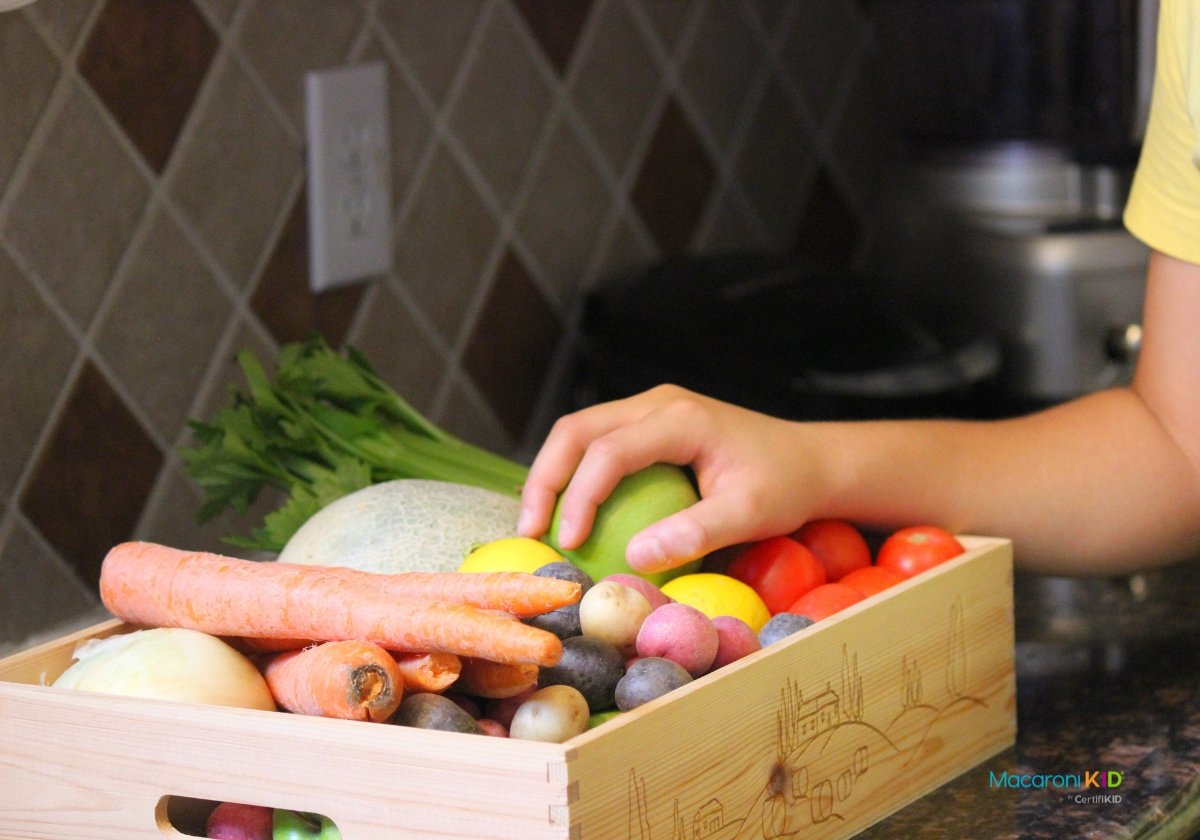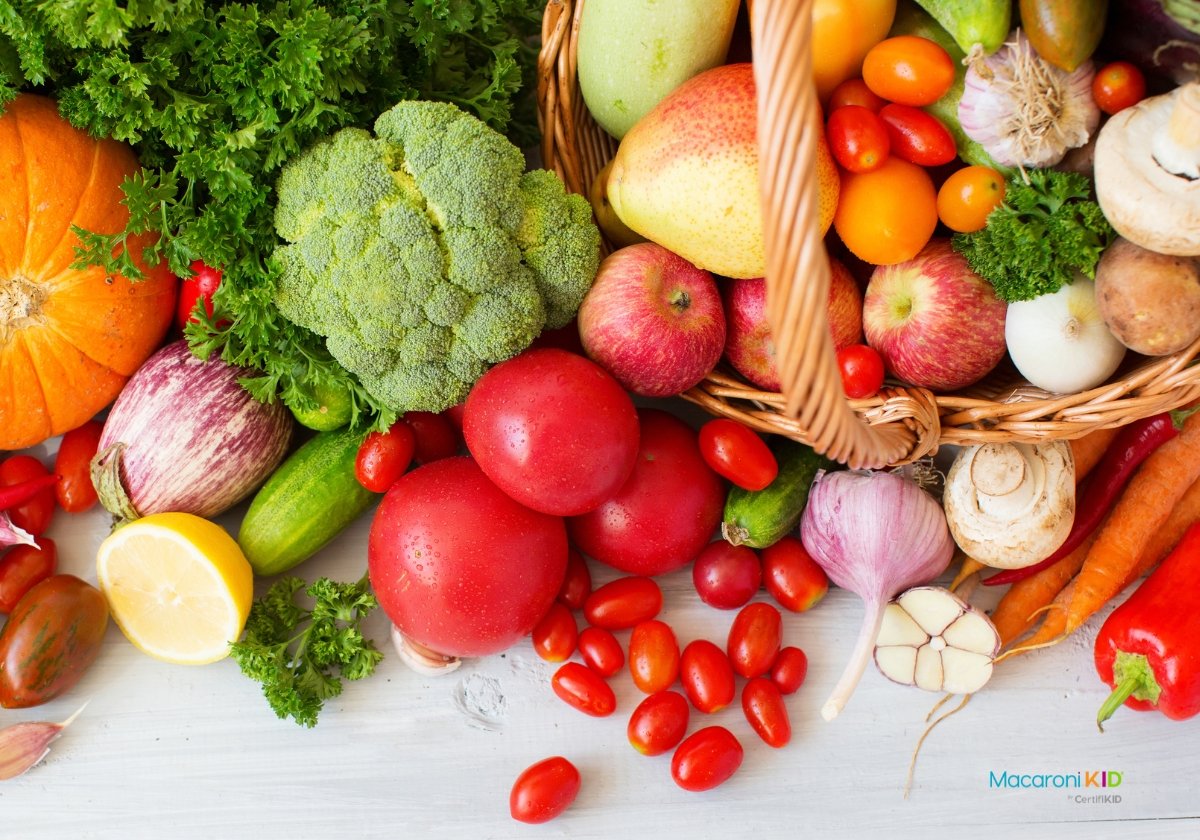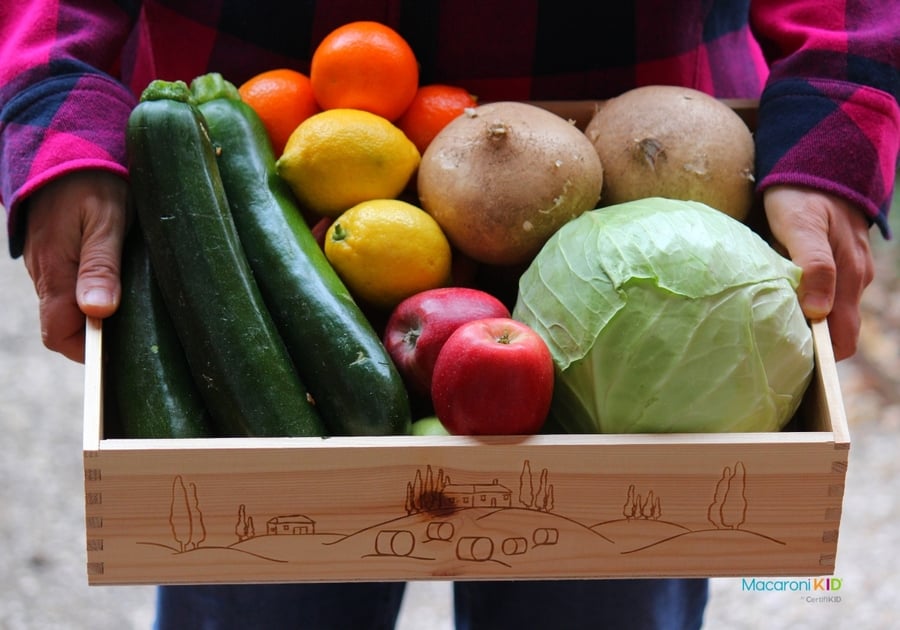What is a CSA? CSA Stands for Community Supported Agriculture. CSAs give customers direct access to excellent quality, fresh produce grown locally by regional farmers. When you become a member of a CSA, you're purchasing a “share” of typically vegetables, fruits or meats, and you are supporting a farmer from your local community.
You're also eating delicious food (picked within days or even hours of you receiving it), and if you are like me, you are eating a lot more veggies than you normally do.
How do you decide which CSA is right for your family? Here are 10 things to think about when looking into CSAs.
1. Where's the pick-up location?
Make sure that your pick-up location is convenient. If you choose a CSA with a pick-up location 20 miles from your home, you may find that you can't make the drive every week because life can get in the way, but a quick stop nearby is even easier make than a trip to the grocery store! Best yet, some CSAs even deliver right to your home for a few extra dollars — and some weeks that might be worth the convenience.
 RossHelen via Canva |
2. What will you get?
Different farms offer different items. Some farms stick to mostly veggies, while others will offer fruit, meat, dairy, eggs, and more. More variety usually means a higher price. Ask farmers what their average box contains. If vegetables, you'll find what's in your box changes as the growing season progresses.
3. Are there extras available?
Ask farmers if they offer special extras for members. Some farms include with their memberships workshops, work days, and even social gatherings like giving families a chance to come and visit the farm.
4. How do they grow their food?
If sustainability, pasture-raised, organic, or other farming methods are important to you, ask the farmer about their growing practices.
 Yesim Sahin via Canva |
5. How much will you get?
Eight tomatoes, three bunches of spinach, four beets, five ears of corn, two peppers, one bunch of kale, two turnips, and three leeks may not sound like a lot, but trust me, it is. In my experience, a large CSA box usually feeds 3-5 people, while a smaller box feeds 1-3 people. If a farm only offers large boxes and your family isn't made of big veggie eaters, ask a friend or neighbor if they are interested in sharing a box.
6. How will you pay?
Many CSAs require you to pay up-front because this gives the farms the funding they need to get planting at the beginning of the growing season. Some CSAs may offer payment plans and work shares (you work an agreed-upon number of hours a week to help pay for your box). Ask the farm what their payment structure is and how you can pay.
7. Can you make substitutions?
Everyone has something that they just don't like, and some people have food allergies. Find out if the CSAs you are considering allow you to mix and match a share that meets your needs, or if they allow substitutions.
 PavelIvanov via Canva |
8. Is there any flexibility?
Vacation plans this summer? Ask your farmer what happens if you miss a week. Can you have a friend pick up your share? Can they donate the food? Are members offered a "mulligan"?
9. Ask for referrals!
Ask around to find out if anyone you know belongs to a CSA and if they would recommend it and why. It's always nice to get inside tips on what to expect!
10. Build a relationship
Stop by farmers' markets (or the actual farms!) and get to know the farmers. You may meet someone who you have a great connection with or love the story behind their farm.
Still not sure where to start? You can visit localharvest.org and use the zip code search to find a list of farms near you, including descriptions of what they offer.
Mary Monahan is the publisher of Macaroni KID Lincoln, Neb.



